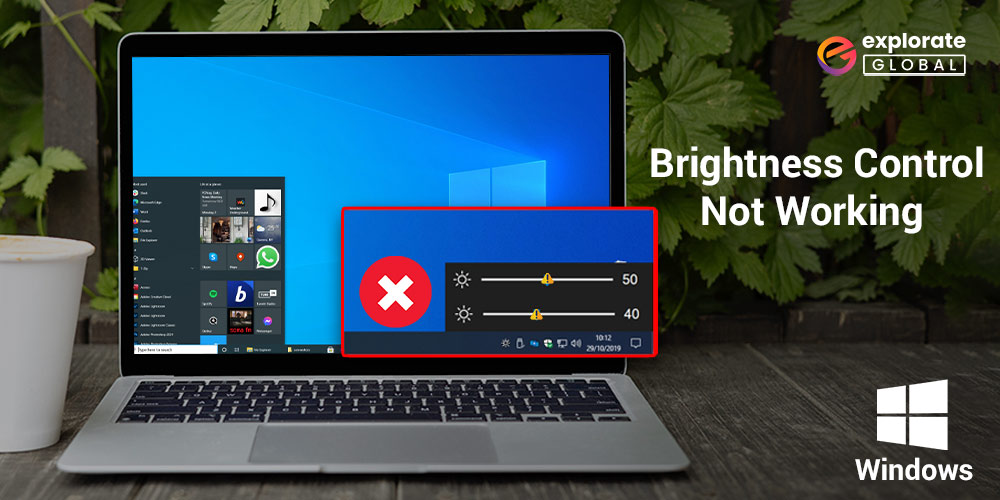
Here are some fixes for Windows 11 and 10 if your computer’s screen brightness is not working.
Windows offers the option to customize the brightness of your device. This choice frequently proves useful, but occasionally it may not. This circumstance is very frustrating.
In this article, we have listed some of the effective methods to fix the brightness control not working on Windows 7, 8, or 10 PCs problem. Follow each of these solutions until the issue is resolved.
Best Solutions to Fix the Brightness Slider Not Working on Windows PC?
If your Windows 11, 10, 8, or 7 PC’s brightness control slider is not working or posing other problems and you want quick fixes for them, the coming sections can help. All the methods and fixes listed below have been tried and tested for your ease.
Solution 1: Start With the Basics
Are you pressing the correct keys on your system to change the brightness? We know that this sounds ridiculous, but ignorance is bliss. The Fn keys on laptops are a little tricky, and you may be pressing them wrong. If this is not the case, then move on.
When you face problems with the screen brightness not working or any other problem on your Windows 10 PC, the first thing you should do is restart the system. Sometimes, due to some minor error, you may face other related problems. These errors can be fixed by restarting the system. If this solution does not work, try the next one.
Solution 2: Use the Action/Notification Center to Change the Brightness
The brightness key on your laptop may not work due to one or more reasons, like the key being broken, jammed, etc. Under such circumstances, you will face problems with the screen brightness slider not working on Windows 10, 8, 7.
Try to use the Action Center to change the brightness of your PC. Click on the notification icon on the left side of the taskbar, expand, and move the slider to change the brightness. If there is some error related to the keys, your brightness will change from here.
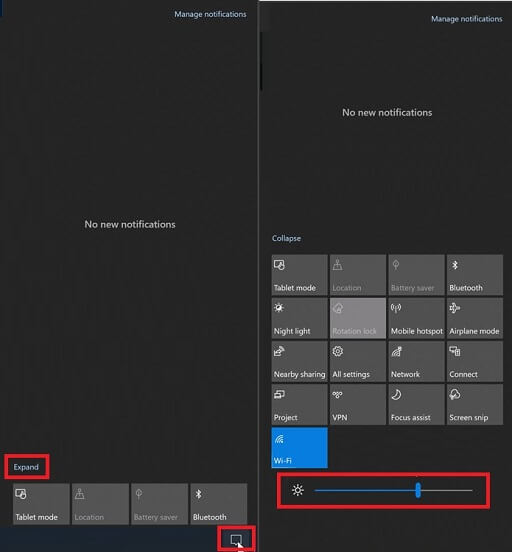
Solution 3: Use Windows 10 Settings
If none of the above solutions work, you can also use System Settings to solve the Windows 10 brightness slider missing or not working errors. Here are the steps to do so:
- Click on the Windows search bar, type Settings, and press Enter.

- Select System.
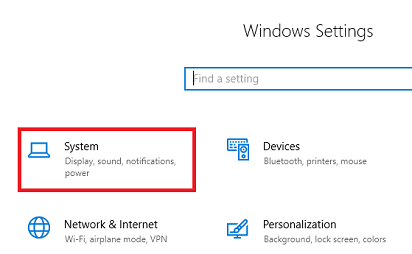
- Click on Display, and move the slider to increase or decrease the brightness. (Make sure the Night Light is off.)
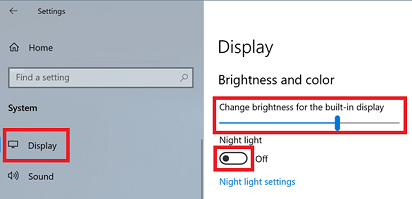
Solution 4: Use Power Options to Solve Display Brightness Not Working
The Power Options settings in Windows can also affect the brightness control. You can change these settings and fix the bright slider not working issues on Windows 10, 8, and 7. Follow the steps provided below for ease:
- Open Settings and then click on System, just as shown in the previous solution.
- Click on Power & Sleep.
- Click on Additional power settings.

- Select High Performance and then click on Change Plan Settings.
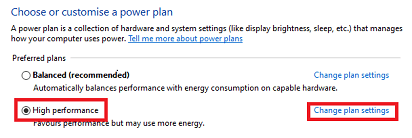
- Select the Change advanced power settings from the window that appears.
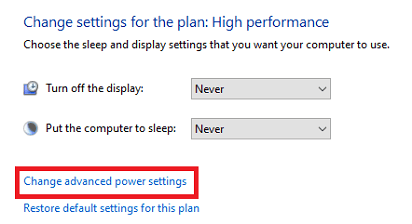
- Scroll down to Display and expand this head.

- Expand and turn on Enable adaptive brightness, then click Apply and OK.
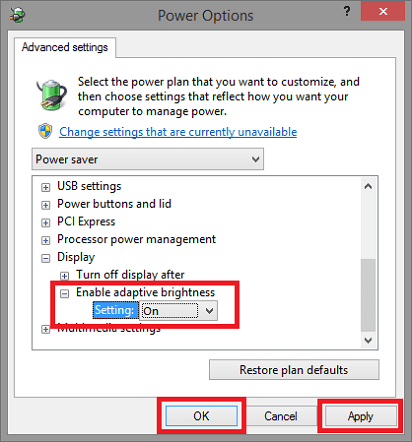
Windows might ask you to restart the PC. After you restart, try to change the brightness of your device. If you still face problems with Windows 10 brightness control not working or the slider missing, move on to the next solution.
Also know: How to Solve Display Driver Failed to Start Error on Windows 10
Solution 5: Use the Graphics Properties of your Graphics Card
If nothing works and you are still wondering why my brightness button is not working, then this may be the perfect solution. You can use the graphics properties to tweak the brightness. Here is how:
- Right-click on your desktop and select Graphics Properties.
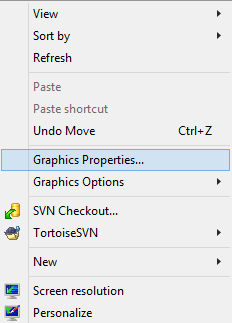
- Wait for the tray to launch.
- Select the mode of Settings.
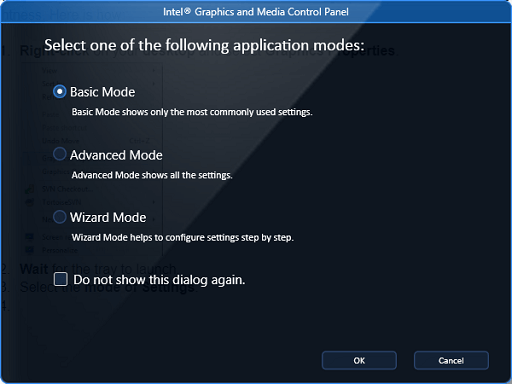
- Look for the Brightness Settings and move the slider to adjust the brightness.
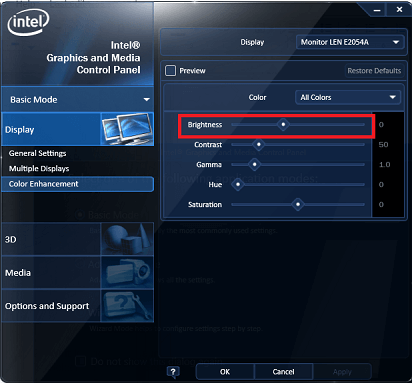
After you undergo these steps, you will get rid of Windows 10 brightness not working issues precisely. If you have some other graphics card, like NVIDIA, launch its control panel to customize the brightness.
Also know: Graphics Card Problems And Solutions
Solution 6: Take the Help of a Hardware & Devices Troubleshooter
The next best solution to fix Windows 10 screen brightness not working and slider missing issues is to use the Hardware & Devices Troubleshooter. Follow these easy steps to troubleshoot the issues:
- Right-click on the Start button and select the Control Panel.
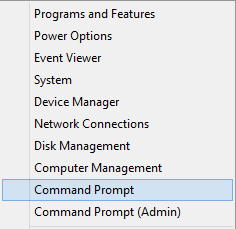
- Click on Troubleshooting.
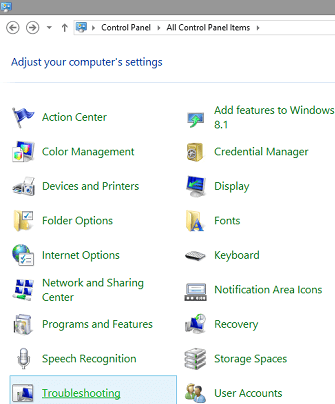
- Select Hardware and Sound.
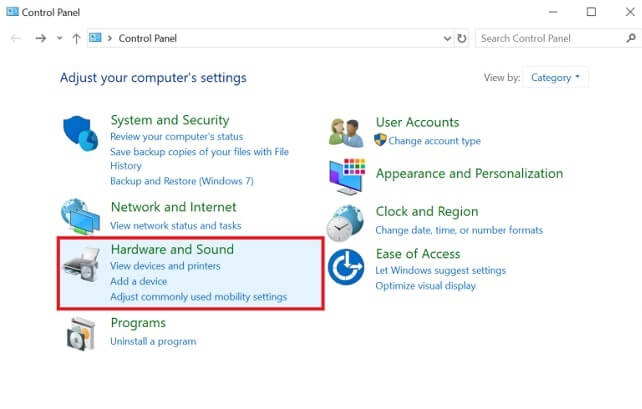
- Click on Hardware and Devices.
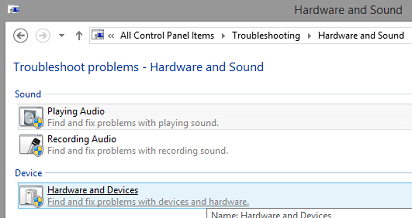
- From the Troubleshooting window, click on Next.
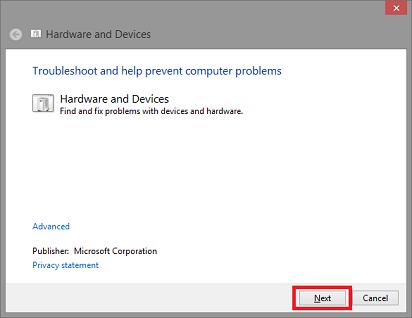
- Let it scan for problems.
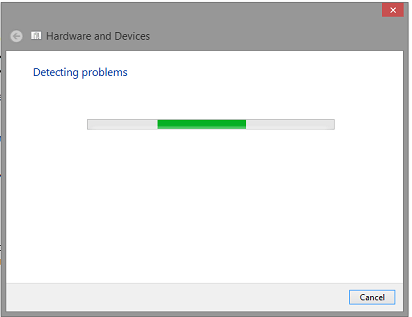
- After the problems appear, follow the instructions to solve them and restart the system afterward.
You will not face screen brightness not changing problems on your Windows 10, 8, or 7 PC anymore.
Solution 7: Try to Enable your Generic PnP Monitor
PnP monitors allow you to get more control over your device’s display. Sometimes, when the monitor is disabled, you may face the problem of the screen brightness not working on Windows 10. Here are the steps to enable the monitor and eliminate the problem:
- Press the Win+R keys.
- Type devmgmt.msc and hit Enter to launch the Device Manager.

- Expand the Monitors head.
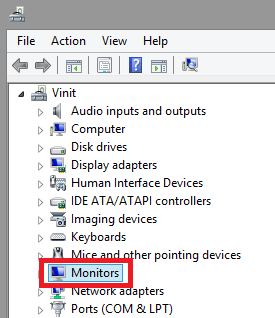
- Right-click on the monitor and select Enable
Restart the computer afterward, and you will not face screen brightness issues anymore.
Solution 8: Use the Command Prompt to Adjust the Brightness
If nothing works, you can also take the help of the Command Prompt to adjust the brightness and fix the Windows 10 brightness slider not working or changing errors. Follow these steps for help:
- Right-click on the Start Menu and select Command Prompt.

- Copy the command below and paste it into the Command Prompt window.
PowerShell (Get-WmiObject -Namespace root/WMI -Class WmiMonitorBrightnessMethods).WmiSetBrightness(1,<Brightness Level>) - Remove the <Brightness Level> at the end of the command and write the percent for the brightness level you want.
- Press Enter
- Close the Command Prompt.
Solution 9: Automatically Update the Drivers Using Bit Driver Updater
The last resort if none of the above-listed solutions work to fix screen brightness not changing in Windows 10, 8, 7 is updating the drivers. Sometimes, outdated drivers create issues in Windows PCs. Due to such drivers, the flow of communication between the device and its software is interrupted.
There are multiple ways through which you can update outdated drivers. But these are not so helpful in solving the screen brightness not working problem on Windows 10, as you can not point out one driver that may be causing the same.
So we recommend that you use the Bit Driver Updater to update all the drivers. Here are some easy steps to download, install, and use the Bit Driver Updater to update all the drivers:
- Get the setup for Bit Driver Updater.

- Install the driver updating utility.
- Launch the software and wait for it to complete the scan for outdated drivers
- Click on Update All to get the latest versions of all the drivers.
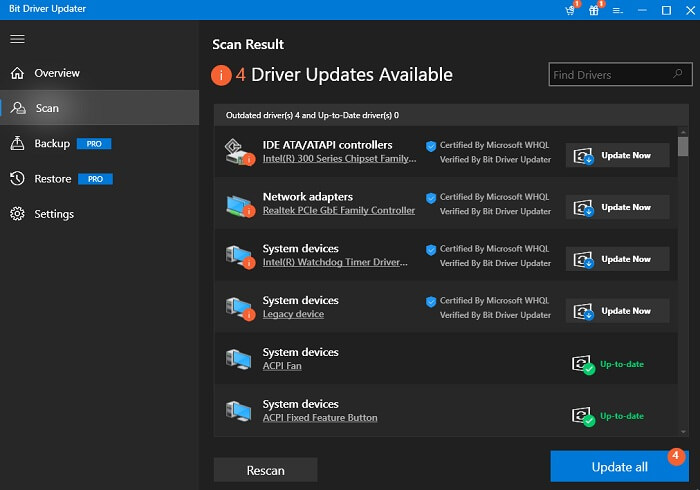
Once you update all the outdated drivers, restart the system. You will be able to adjust the brightness of your PC as you wish. This simple tool will eradicate all the issues related to screen brightness not working in Windows 10.
Also know: How to Fix Computer Screen Upside Down
Solution 10: Update the Windows
If after following all the above solutions, you are still left hanging with the brightness control slider not working issues on Windows 11, 10, 8, and 7, then the problem is in the system.
System integrity is outdated with time. Outdated Windows results in problems and glitches. If you want to save yourself from such problems, update Windows. Microsoft works continuously to fix OS bugs in new updates.
Hence, it becomes very important to update Windows. Follow these steps for the same:
- Press the Windows+R keys, type Settings, and click on the first result.
- Click on Update & Security.
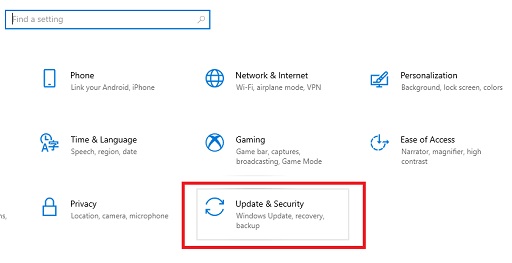
- Click on Check for Updates and install the new OS
Once you update Windows, you can now adjust the brightness very easily. With this simple method, you can get rid of all the problems even remotely related to the Windows 10 brightness slider being missing or not working properly.
Solved: Brightness Control Slider Not Working on Windows PC
These techniques are some of the most reliable and tried and tested ways to fix screen brightness not working in Windows 10, 8, or 7. As previously stated, follow each of these instructions until the issue is resolved.
Outdated drivers are the primary cause of such issues. Therefore, we advise using Bit Driver Updater, the best driver updating software, to update the drivers rather than wasting time on other procedures.
The tool will quickly fix the problems with Windows 10’s brightness control not working and enhance your system’s overall performance.
We sincerely hope you were able to find everything you were looking for, and we would love to hear your feedback and answer any questions you may have in the comments section below. Get immediate updates from the world of technology by subscribing to our newsletter.

